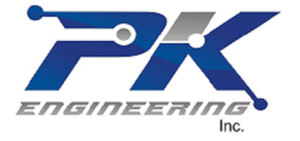OSHA-Compliant Electrical Safety Program
Q. Can OSHA site you if you are not in compliance with NFPA 70E?
Yes. If a serious electrical incident occurred at your facility and you were not following the NFPA 70E guidelines, you would likely be cited for being out of compliance with 1910.132 (d), 1910.335 (a) (1) (i) and 1910.335 (a) (1) (v).
1910.132(d)(1)
The employer shall assess the workplace to determine if hazards are present, or are likely to be present, which necessitate the use of personal protective equipment (PPE). If such hazards are present, or likely to be present, the employer shall:
1910.132(d)(1)(i)
Select, and have each affected employee use, the types of PPE that will protect the affected employee from the hazards identified in the hazard assessment;
1910.132(d)(1)(ii)
Communicate selection decisions to each affected employee; and,
1910.132(d)(1)(iii)
Select PPE that properly fits each affected employee. Note: Non-mandatory Appendix B contains an example of procedures that would comply with the requirement for a hazard assessment.
1910.335(a)(1)(i)
Employees working in areas where there are potential electrical hazards shall be provided with, and shall use, electrical protective equipment that is appropriate for the specific parts of the body to be protected and for the work to be performed.
1910.335(a)(1)(v)
Employees shall wear protective equipment for the eyes or face wherever there is danger of injury to the eyes or face from electric arcs or flashes or from flying objects resulting from electrical explosion.
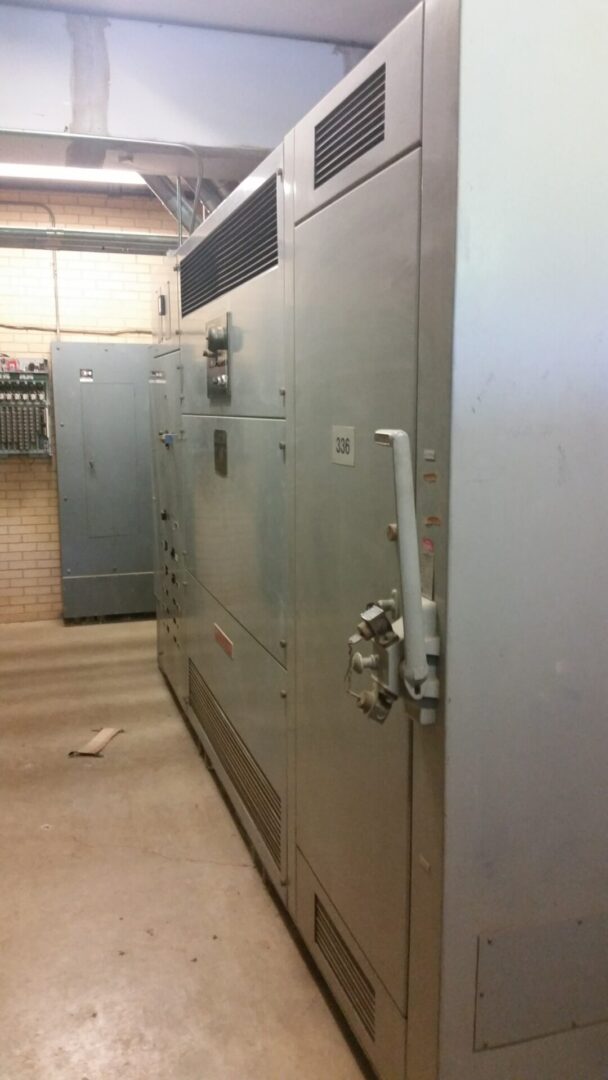
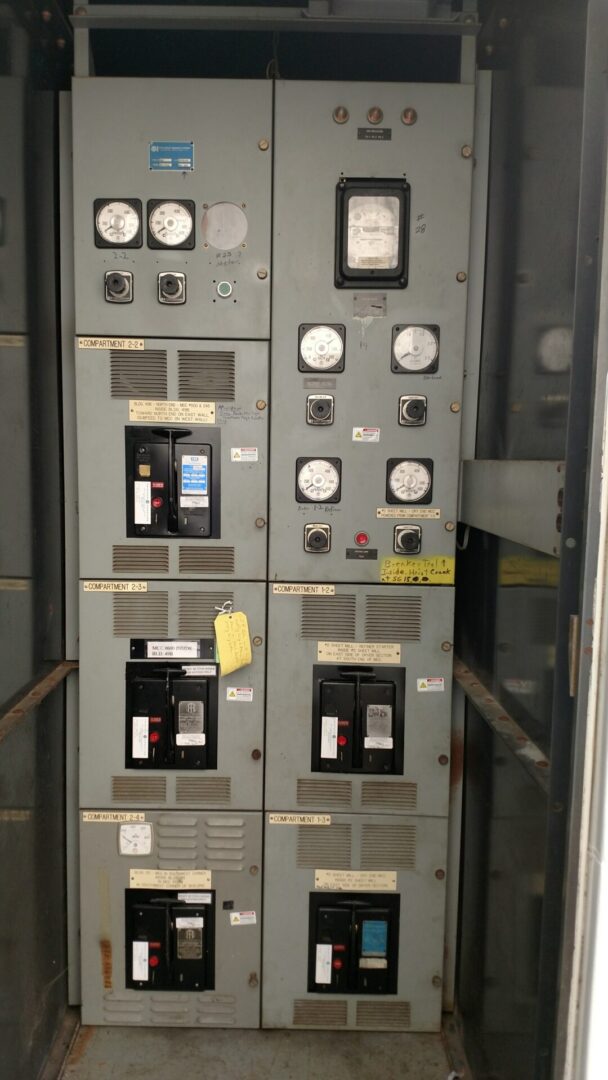
Q. What standards regulate arc flash hazards?
The three main standards/ regulations governing arc flash are:
- OSHA Standards 29-CFR, Part 1910. Occupational Safety and Health Standards. 1910 sub part S (electrical) Standard number 1910.333 specifically addresses Standards for Work Practices and references NFPA 70E.
- The National Fire Protection Association (NFPA) Standard 70 “The National Electrical Code” (NEC) 110.16 Arc-Flash Hazard Warning contains requirements for warning labels:
- Electrical equipment, such as switchboards, switchgear, panelboards, industrial control panels, meter socket enclosures, and motor control centers, that is in other than dwelling units, and is likely to require examination, adjustment, servicing, or maintenance while energized shall be field or factory marked to warn qualified persons of potential arc flash hazards. The marking shall meet the requirements in 110.21(B) and shall be located so as to be clearly visible to qualified persons before examination, adjustment, servicing, or maintenance of the equipment.
- Informational Note No. 3: Acceptable industry practices for equipment labeling are described in NFPA 70E-2015, Standard for Electrical Safety in the Workplace. This standard provides specific criteria for developing arc-flash labels for equipment that provides nominal system voltage, incident energy levels, arc-flash boundaries, minimum required levels of personal protective equipment, and so forth.
- FPA 70E-2018 Standard for Electrical Safety in the Workplace provides guidance on implementing appropriate work practices that are required to safeguard workers from injury while working on or near exposed electrical conductors or circuit parts that could become energized.
Q. Who enforces these standards?
A. OSHA is an enforcer of safety practices in the workplace. OSHA 1910.132(d), and 1926.28(a) states that the employer is responsible to assess the hazards in the work place, select, have, and use the correct PPE, and document the assessment. Though OSHA does not, per se, enforce the NFPA 70E standard, OSHA considers the NFPA standard a recognized industry practice and the administration’s field inspectors carry with them a copy of the NFPA 70E and use it to enforce safety procedures related to arc flash.
The employer is required to conduct hazard assessment in accordance with 29CFR1910.132(d)(1). Employers who conduct the hazard/risk assessment, and select and require their employees to use PPE, as stated in the NFPA 70E standard, are deemed in compliance with the Hazard Assessment and Equipment Selection OSHA Standard.
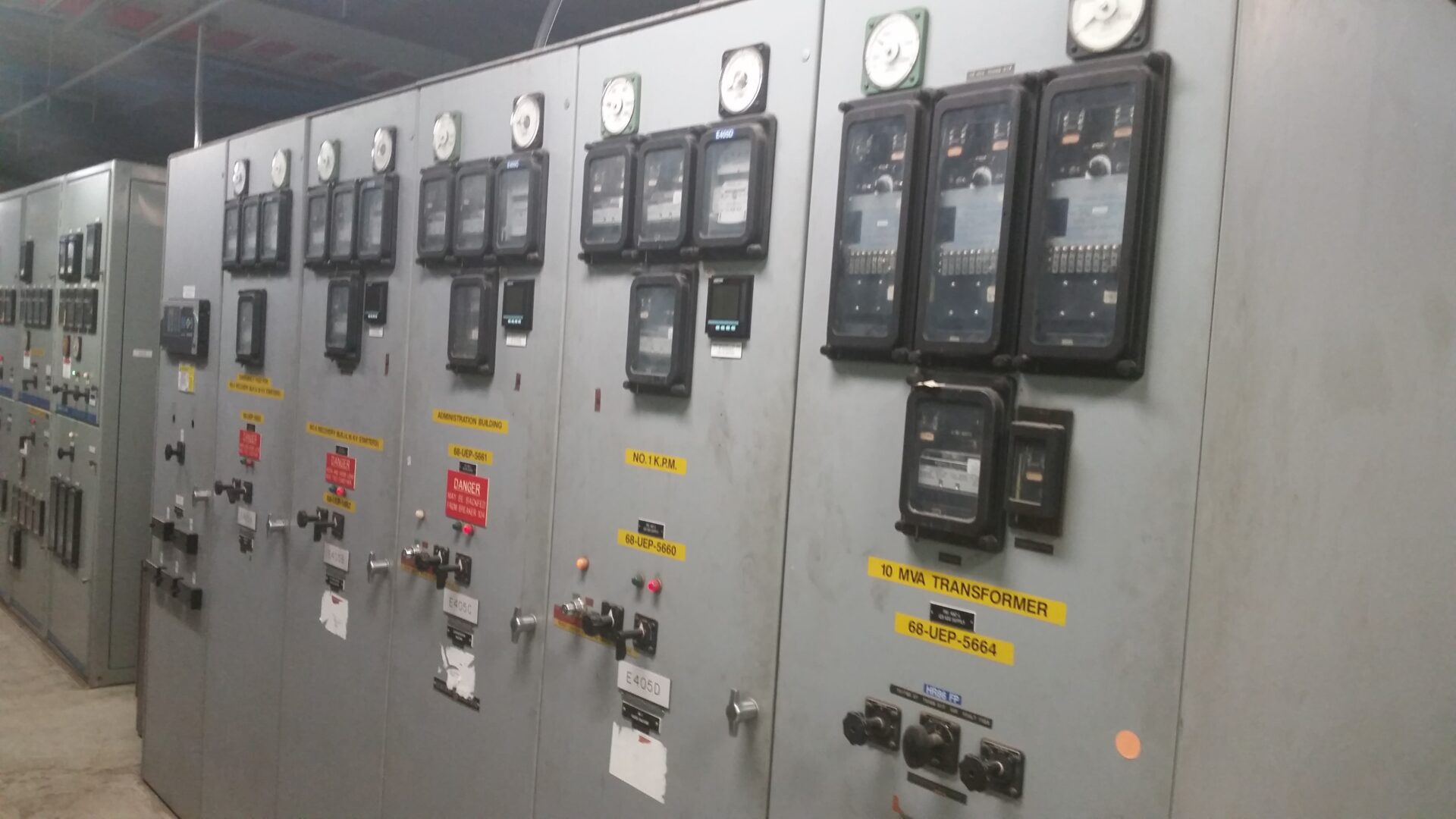
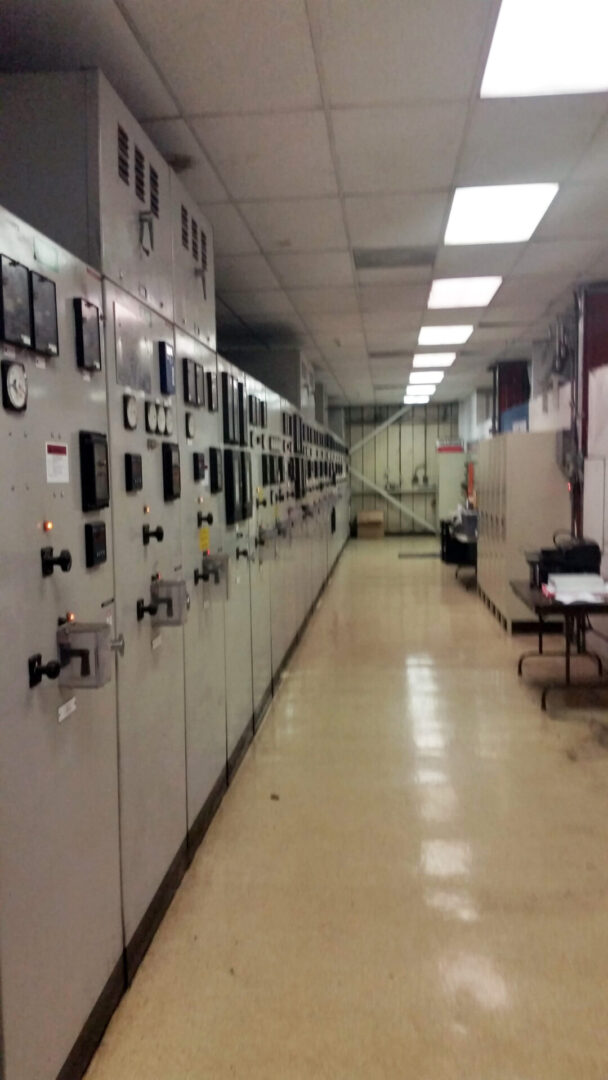
Q. Does NFPA 70E-2018 require that an Arc Flash Hazard Analysis be completed or can you use Tables 130.7.C(15) and 130.7.C(16)?
A. NFPA 70E-2018 Article 130.5(A) Arc Flash Risk Assessment states that “an arc flash risk assessment shall be performed:
- To identify arc flash hazards.
- To estimate the likelihood of occurrence or injury or damage to health and the potential severity of injury or damage to health.
- To determine if additional protective measures are required, including the use of
PPE.”
B. NFPA 70E-2018 Article 130.5(F) Arc Flash PPE states “One of the following methods shall be used for the selection of arc flash PPE:
- The incident energy analysis method in accordance with 130.5(G).
- The arc flash PPE category method in accordance with 130.7(C)(15).”
Therefore, the tables can be used. However, in order to use the tables the maximum available short circuit fault current must be known as well as the maximum fault clearing time.
Additionally, all equipment must be labeled. Since a short circuit study must be completed to determine the available fault current and data must also be collected to determine the maximum fault clearing time, there is not a great deal of difference between the requirements of only using the tables and the completing an arc flash hazard analysis.
The benefits of completing an arc flash hazard analysis are the most accurate arc flash levels and provide the maximum safety to personnel.
Q. At what frequency does NFPA 70E-2018 require training?
A. NFPA 70E-2018 Article 110.2(A)(3) Electrical Safety Training states that “Retraining in safety-related work practices and applicable changes in this standard shall be performed at intervals not to exceed 3 years.”
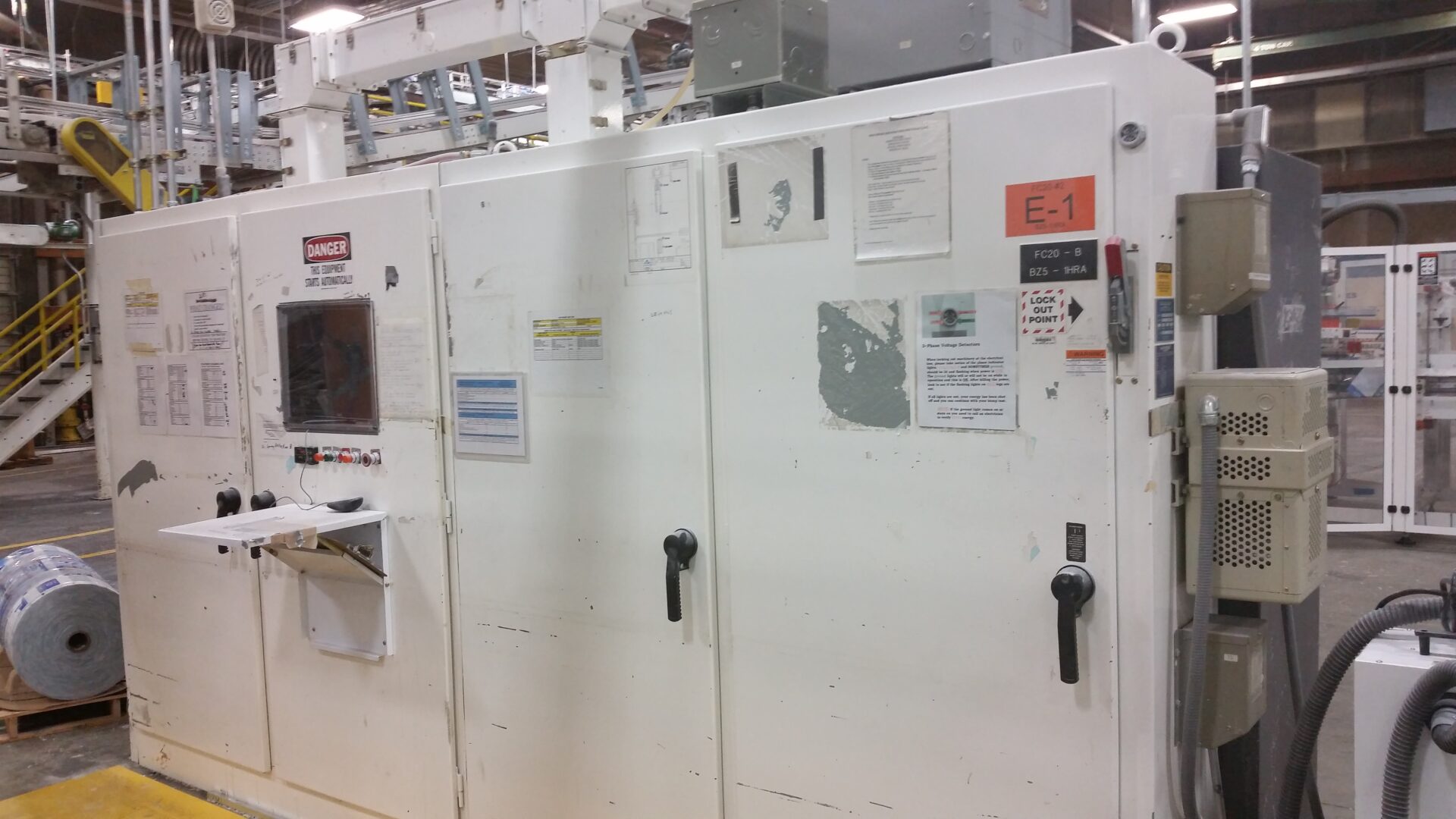

Q. At what frequency does OSHA require training?
A. OSHA 1910.332(b)(1) states” Employees shall be trained in and familiar with the safety-related work practices required by 1910.331 through 1910.335 that pertain to their respective job assignments.” OSHA does state a specific frequency requirement.
